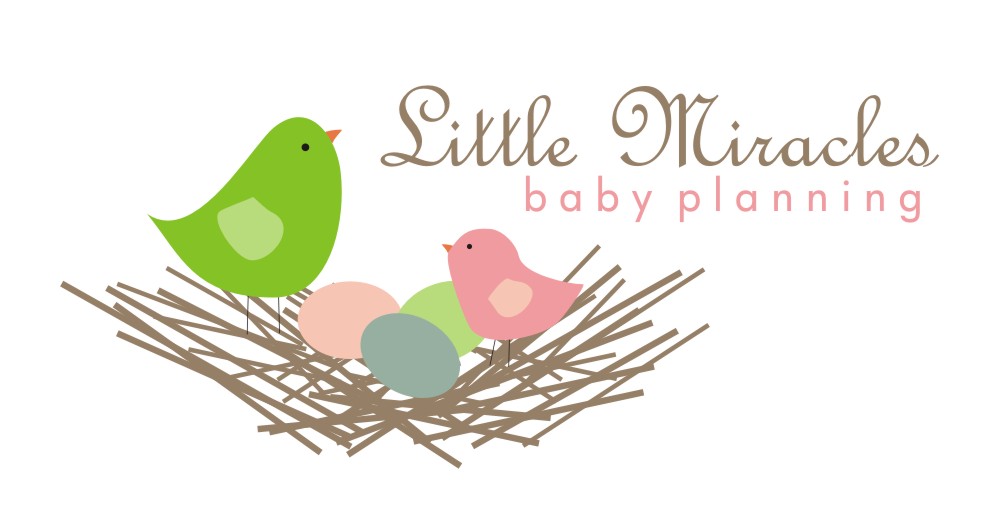from
Smart Family Tips

Last week I posted a list of low-hazard personal care products based on the
Environmental Working Group’s Skin Deep Cosmetics Database. You can read more about the database and search products
here, or use the permanent button in the sidebar. My goal was to highlight products that are relatively inexpensive, but readily available in drugstores, grocery stores, and places like Target.
This week, I’ve created a similar list; this one consists exclusively of baby and kid personal care products.
According to
EWG, the hazard ratings are
0-2 Low Hazard
3-6 Moderate Hazard
7-10 High Hazard
Baby & Kid Products
Shampoo
1 California Baby Shampoo & Body Wash Super Sensitive; Tea Tree & Lavender; Swimmer’s Defense
2 Tom’s of Maine Baby Shampoo & Body Wash, Jasmine
2 Aveeno Baby Wash & Shampoo, Lightly Scented
2 California Baby Shampoo & Body Wash, Calming
3 Huggies Baby Wash Extra Sensitive, Fragrance Free
3 Huggies Tear-Free Baby Shampoo, Extra Sensitive
3 Johnson & Johnson’s Baby Shampoo with Natural Lavender
4 Johnson & Johnson’s Head-to-Toe Baby Wash, Originial
4 J & J Buddies Instant-Foam, Easy Rinse Shampoo
4 J & J Softwash Shampoo
4 J & J Baby Shampoo, Original; Honey & Vitamin E; 2-in-1 Detangler; with Natural Chamomile; 2-in1 Extra Conditioning
4 Huggies Natural Care Wash
4 Huggies Baby Shampoo, Extra Gentle; Nourishing with Mango, Coconut & Aloe
4 Huggies Naturally Refreshing Hair & Body Wash
4 CVS Baby Wash, Regular and Tear-Free
4 Walgreen’s Tear-Free Baby Shampoo
4 Aveeno Body Wash & Shampoo
4 Burt’s Bees Baby Bee Shampoo & Wash; also, Shampoo Bar
The worst offenders (those with the highest hazard ratings) in this category are Baby Magic products, Huggies Toddler 2-in-1 Shampoo & Conditioner, Bubblin’ Berry, Johnson & Johnson Soothing Naturals Gift Set, which all rated a 7.
Bubble Bath
0 Aveeno Baby Soothing Bath Treatment
2 California Baby Bubble Bath (all fragrances)
4 Johnson & Johnson Soothing Vapor Bath
4 Rite Aid Night Time Baby Bath, Tearless with Lavender & Chamomile
4 CVS Baby Bath, Lavender & Chamomile
4 Johnson & Johnson Bedtime Bath
The highest rated products in this category, again, belong to Baby Magic with a 7.
Diaper Cream
0 Rite Aid Zinc Oxide Ointment
0 Vaseline Pure Petroleum Jelly Jar for Baby, Creamy Formula, Enriched with Vit. E
1 Aquaphor Hydrophor Baby Diaper Rash Ointment
1 Badger Diaper Cream
2 Balmex Extra Protective Clear Ointment
2 Boudreaux’s Butt Paste (I used this with my daughters and it was great for getting rid of diaper rash, fast!)
2 Aquaphor Baby Healing Ointment (This was the other product I used; it works really well on chapped skin.)
2 California Baby Diaper Rash Cream
2 Burt’s Bees Baby Bee Diaper Ointment
3 Aveeno Baby Soothing Relief Diaper Rash Cream
4 Walgreens Zinc Oxide Ointment
4 Balmex Diaper Rash Ointment (Zinc Oxide) with Aloe & Vit. E
4 A+D Diaper Rash Cream, Original; and with Zinc Oxide
4 Aveeno Diaper Rash Cream, Fragrance-Free
4 Desitin Clear Ointment
4 Johnson & Johnson Baby Diaper Rash Cream
Baby Lotion
0 Vaseline Pure Petroleum Jelly Jar for Baby, Creamy Formula, Enriched with Vit. E
1 Badger Baby Balm, Certified Organic
2 Aveeno Daily Baby Moisturizing Lotion
2 California Baby Every Day Lotion, Calming; and Super Sensitive
3 CVS Petroleum Jelly, Lavender & Chamomile
4 Aveeno Calming Comfort Baby Lotion
4 Burt’s Bees Baby Bee Skin Cream; and Buttermilk Lotion
5 Huggies Baby Lotion, Extra Sensitive
The worst in this category are most Johnson & Johnson lotions and some Huggies lotions with ratings from 7-9.
Wipes
*See Update at Bottom of Post*
2 Seventh Generation Chlorine-Free Baby Wipes; also, Unscented with Aloe & Vit. E
3 Pampers Wipes, Natural Aloe, Unscented
4 CVS Ultra Soft Cloths
4 Pampers Sensitive Wipes
4 Huggies Supreme; also, Natural Care Wipes
Toothpaste (baby)
3 Gerber Toddler Tooth & Gum Cleanser, Natural Mixed Berry Flavor
3 Spiffies Tooth Wipes
3 Oral-B Stages 1 Baby Tooth & Gum Cleanser
3 Gerber Grins & Giggles Infant Tooth & Gum Cleanser
Toothpaste (kids)
1 Tom’s of Maine Goofy Grape Liquid Toothpaste, Fluoride-Free
1 Burt’s Bees Doctor Burt’s Children’s Toothpaste
2 Tom’s of Maine Natural, Fluoride-Free Toothpaste for Kids
3 Kiss My Face Kids Toothpaste
4 Crest Kids Spider-Man Super Action Liquid Gel
4 Crest Wild Expressions Fluoride, Anti-cavity Toothpaste Liquid
4 Crest Neat Squeeze Toothpaste for Kids
4 Oral-B Stages Mickey Mouse Toothpaste
4 Aquafresh Kids Fluoride Toothpaste with Triple Protection
4 Aquafresh Mary Kate & Ashley Toothpaste
4 Colgate Children’s Anti-cavity Fluoride Toothpaste
4 REACH Anti-cavity Fluoride Toothpaste
4 Tom’s of Maine Natural Anti-cavity Fluoride Toothpaste for Children
If you haven’t already, please see the post on
Budget Green (and Safe): Personal Care for adults.
I’d like to reiterate that you should
be careful not to go with an entire product line because they have a few low-rated items. Check the list first. I’ve found a wide range of ratings in different products within the same line.
If you have experience with any of these products and would like to let the rest of us know how effective you think they are, please write about them in the comments.
Update (4/7/09): After reading a comment from Elena, I’ve learned about Tushies Baby Wipes. They, too, are very safe (rating a 1) as long as you go with the unscented version. Scented varieties rate a 4. I’ve not seen them in my local stores, but they may be available in your area. They are available on Amazon.com,
too.
Photo Credit: BigTallGuy





.png)

























